Regional Queensland towns where people earn more than the average Queenslander
These are the remote and regional Queensland towns where locals are making up to almost double what the average Queenslander makes in a week. MAPPED

QLD News
Don't miss out on the headlines from QLD News. Followed categories will be added to My News.
If you have ambitions of living comfortably or making a quick buck, then regional Queensland is where you need to work or live.
There are 15 small or remote towns across the state where you can earn more than the average Queenslander – according to the 2021 Australian Census.
At the time of the last Census, the median weekly household income for Queensland was $1675.
Predominantly, the towns where workers can make big money are supported by mining operations in the surrounding area.
The flow-on effect of these mining operations has seen people move to these towns to set up businesses and cash-in on the boom.
Queenslanders living and working in the areas have offered a glimpse into what life is like in and around these regional towns and the opportunities that are up for grabs.
‘Nice cars, big money’
Black Nugget Hotel, Moranbah, retail manager Tony Jamieson said the impact of nearby mining operations was noticeable in day-to-day life in the town.
“The mining industry has a major effect on this town,” he said.
“People have got money, they’re willing to spend it and if they want it, the price isn’t an issue.
“They drive around in nice cars and they spend money.”
Mr Jamieson said mining workers in the town often visited the hotel at the end of their shifts.
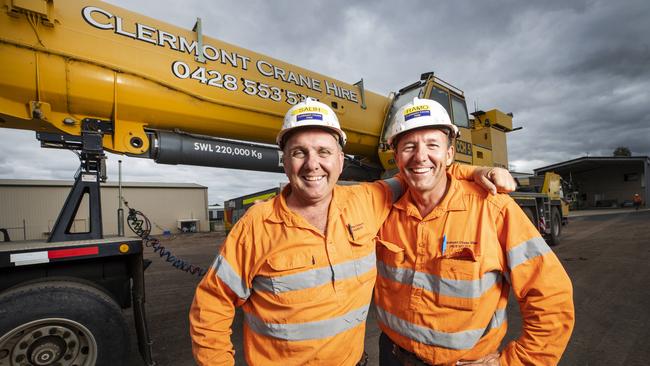
“When they have a changeover of shifts we get more customers because they come and have a feed, they finish their shift and they’re not driving straight home,” he said.
“So they come to have a feed, and they come to the bottle shop and they’ll buy something extra.”
Mr Jamieson said the flow-on effect of higher wages in the town had resulted in a higher cost of living.
“Personally, I’ve just noticed that prices are dearer than what they are in say Rocky or Mackay,” he said.
“When you go to the shops like Coles you’re looking at different pricing for specials, you add a couple of dollars onto everything.
“If it is not on special, it’s a couple of dollars more expensive.”
Mr Jamieson said Moranbah is a great place to work and a friendly place to live.
“If you walk around in Brisbane, people look down, here they look you in the eye and want to say g’day,” he said.
“It’s just so easy and it’s a country town.
“It’s a different culture out here with the miners.”
‘The town wouldn’t be here’
Weipa Bakery owner Josh Lyon, who has also worked at the bauxite mine operated by Rio Tinto, has a great appreciation for what the mining operation means for the town and surrounding businesses.
“The town wouldn’t be here without the mine,” he said.
Weipa’s economy heavily relies on the mine, with Rio Tinto managing services and infrastructure in the area through the Weipa Town Authority – which effectively functions as a local government.
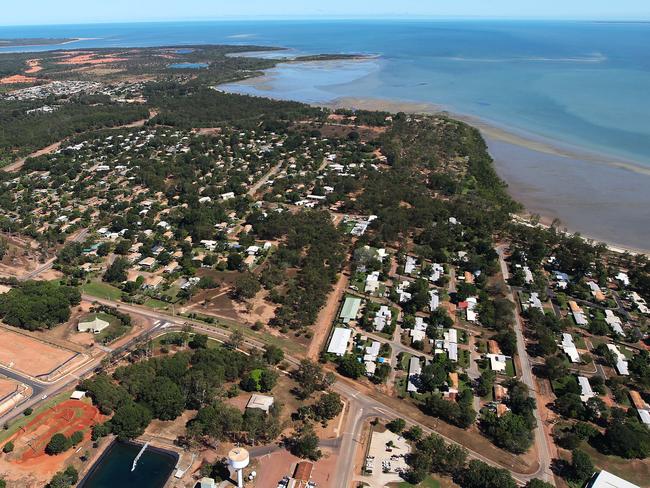
Prior to opening up the bakery, Mr Lyon worked for the mine as a contractor for around eight years.
“I previously worked as a contractor for Rio Tinto,” he said.
“It is decent work, your standard operators are on reasonable coin there.
“You do hard work, but the place has been set up to have good work-life balance.”
As a business owner, Mr Lyon said the benefits of having the mine flow through the whole town.
“Business is good, it’s very good,” he said.
“You get a lot of the contractors and people associated with the mine coming through, I suppose they would be our main clientele.
“It’s a busy enough business with the mine and the contractors and then we have the tourist trade as well for six months of the year, which is the extra on top.”
Mr Lyon added that while the cost of essential goods had increased due to the remoteness of the area, it was not over the top.
“If I had a drama with it, I wouldn’t live here,” he said.
“You can get a loaf of bread here at the shop for $5.50 which is pretty fair.
“Fuel is north of $2, it’s not cheap, but it’s Cape York.
“I think the Woolworths here is pretty fairly priced.
“I wouldn’t say that there’s too much crazy going on here price wise.”
Mr Lyon said the mine was crucial to the survival of the town.
“There wouldn’t be too much going on here without the mine,” he said.
“Definitely without the mine here, there wouldn’t be anything.”
‘Good money to be made’
Harry Brown, a FIFO worker who works at a major mine between McKinlay and Cloncurry, said while there was good money to be made at the mines, you worked hard for it.
“Most people are on six-figures out here, it’s definitely worth it,” he said.
“But you are working long days, 12 hour days constantly for 14 days straight.
“You have to deal with the heat which can be a challenge.
“You’re away from your family, everything like that, if there’s events and emergencies at home, it’s not like you can just leave instantly.
“But if you knuckle down and work hard, there’s definitely good money to be made out there.”

Mr Brown said he lived on camp, where accommodation and food was provided, but there was the option to buy alcohol – at a cost.
“All your food and everything is provided, you get looked after,” he said.
“You can also live very easily by using the food that’s provided for you.
“If you want to drink they have a bar there, you can buy your own drinks.
“It’s about $100 for a carton and about $6 for a standard beer in a tinny.
“Being FIFO, they have to get everything brought in by trucks, they don’t have a local bottle-o.”
Top regional towns by median income
Tieri – $3,125
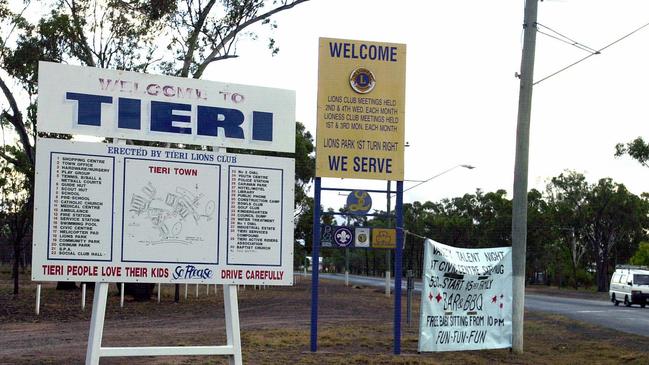
Established in 1983, the Central Highlands region town acts as a service centre for nearby mines.
Tieri has a population of 732 people and it is described by locals as a “top little town”.
The major mining operation near the town is the Oaky Creek Coal Mine which has one of the largest coking coal reserves in the world.
Tieri is located in the western part of the Central Highlands region, which has an economic output of $5.1bn, with mining the largest industry contributing $4.4bn of the total economic output.
Moranbah – $3,079
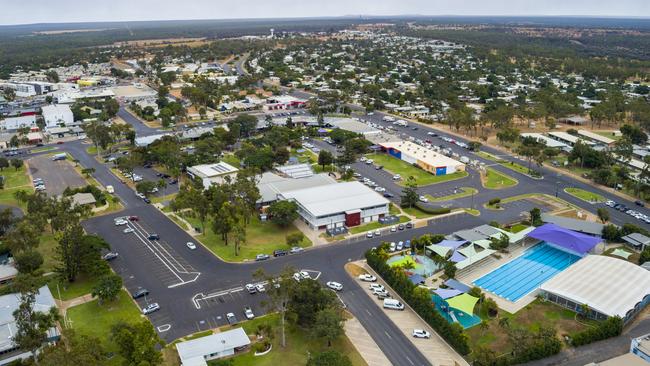
Moranbah, which is located about 150km west from Mackay, is a coal mining town with a population of 9425.
Major mining operations in the area include the Peak Downs and Caval Ridge mines, owned by BHP Mitsubishi Alliance.
The town of Moranbah generates an estimated $17.522bn in economic output, with mining the largest contributor generating $15.661bn towards the Queensland economy.
Weipa – $2,978
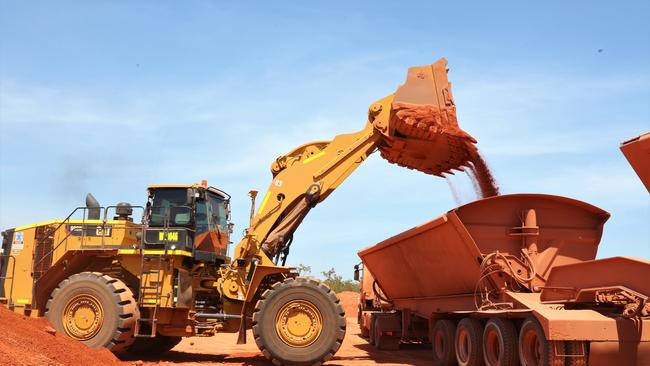
The town, which is located about 800km northwest from Cairns, has a population of approximately 4100.
The major mining operation in the area is the Weipa bauxite mine, operated by Rio Tinto.
The Weipa economy generates an estimated $1.695bn in output, with mining the town’s largest contributor with $1.187bn in annual economic output.
Middlemount – $2721
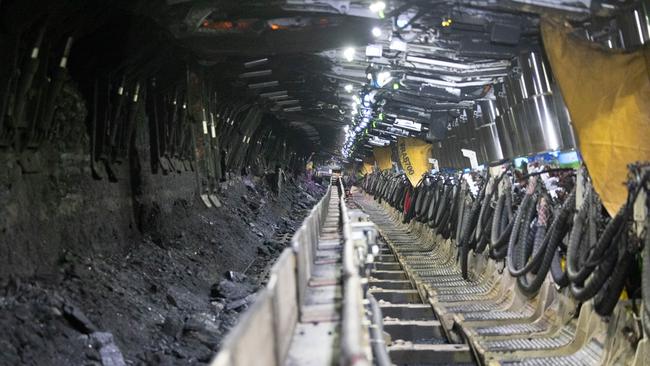
The Isaac Region town has a population of around 1899 according to the 2021 Census.
The Middlemount Coal Mine, a joint venture between Peabody Energy and Yancoal Australia, produces 3.6 million tonnes of coal annually.
Other key mines in the area include Aquila Mine, German Creek, and Foxleigh.
Middlemount is located in the Isaac region which generates an estimated $9.8bn in economic output, with mining the region’s largest contributor with $8.9bn in economic output.
Dysart – $2444
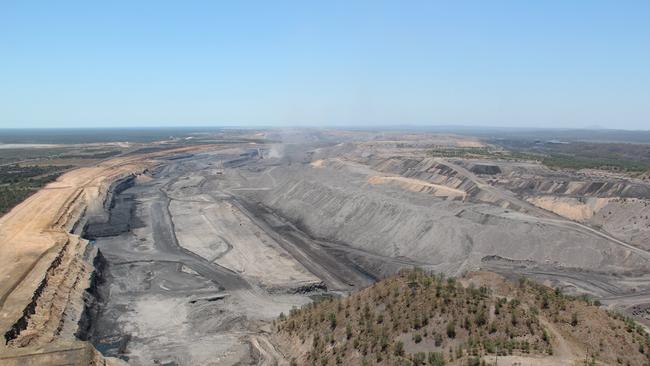
Located about 240km southwest of Mackay, Dysart was founded in 1973 to support the Saraji coal mine, with the town having a population of 2918 according to the 2021 Census.
Owned by BHP Mitsubishi Alliance, the Saraji coal mine is Australia’s fourth largest mine and has an annual production capacity of 10m tonnes of coal.
Dysart is located in the Isaac region which generates an estimated $9.8bn in economic output, with mining the region’s largest contributor with $8.9bn in economic output.
Glenden – $2418
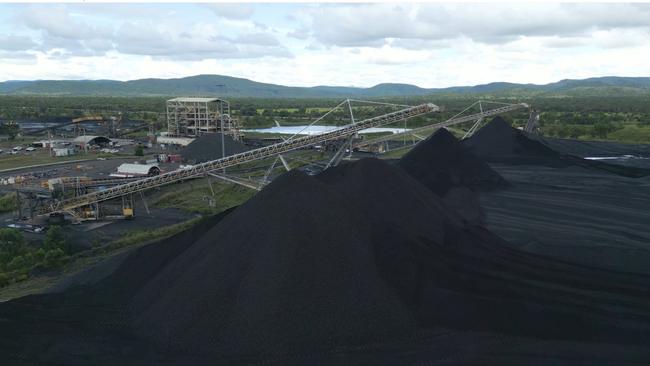
Glenden was built by the Mount Isa Mines company, now known as Glencore, to provide accommodation for workers at the Newlands coal mine, which is about 28km northwest of the town.
The QCoal Group’s Byerwen Mine is about 45 minutes west of the town.
The town was handed over to the former Nebo Shire, before becoming part of the Isaac Region.
Glenden’s reported a population of 477.
It was announced in 2023 that the town would be demolished, however former Premier Annastacia Palaszczuk announced plans for legislation to prevent that from happening.
Glenden is located in the northern part of the Isaac region which generates an estimated $10.1bn in economic output, with mining the region’s largest contributor with $9.3bn in economic output.
Marian – $2416
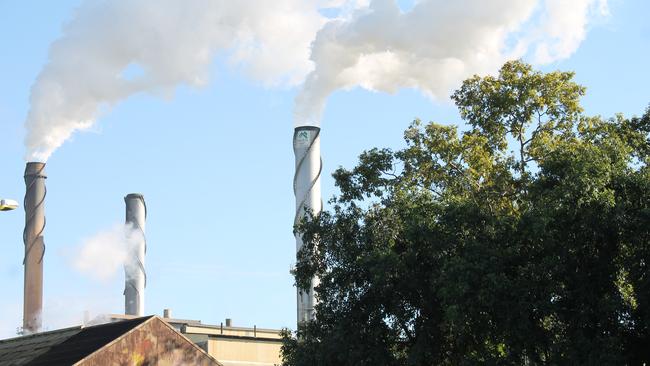
Established in the late 1800s, the Central Queensland town has grown as a result of the sugar cane industry and mining boom experienced by the wider region and reported a population of 4224.
The Marian Sugar Mill is located in the town and processes over 2m tonnes of crops annually.
The town is also located near the Bowen Basin, which is a major coal-producing region.
Marian is located in the Mackay region, which has an economic output of $27bn, with mining the largest contributor with $7.94bn.
Blackwater – $2358
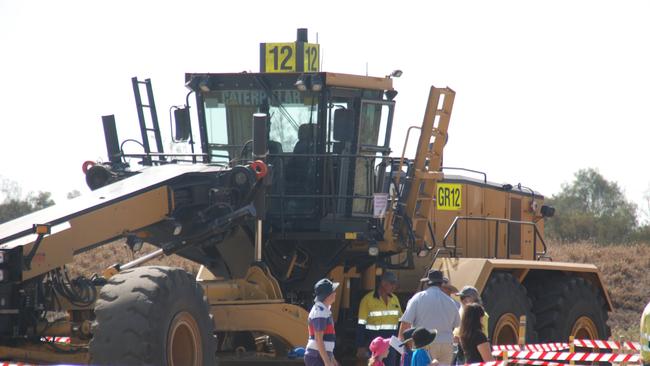
Established in 1886, Blackwater is a town with a rich mining history and has a population of 4702 people according to the 2021 Census.
Significant coal mining operations near Blackwater include the Curragh Mine, Blackwater Mine, and Cook Colliery.
Blackwater is located in the eastern part of the Central Highlands region, which has an economic output of $9.8bn with mining the largest contributor generating $8.5bn in economic output.
Mount Isa – $2224

One of the most prominent mining towns in Queensland, Mount Isa is home to one of the most productive mines in the world.
Mount Isa is located in outback Queensland about 900km west of Townsville, with the town reporting a population of 18,317.
Founded in 1923, Mount Isa was created to allow for mining operations to flourish in the area, with significant mineral deposits located nearby.
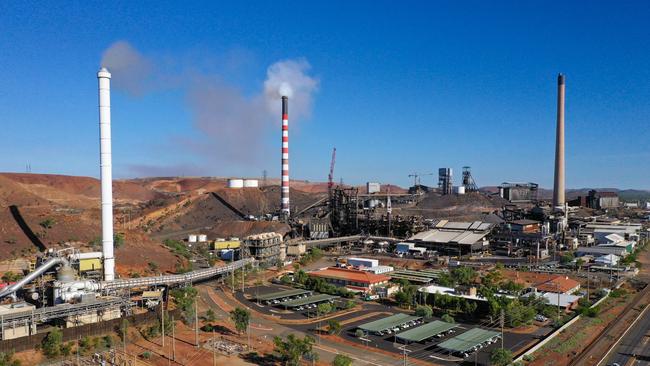
Mount Isa generates an estimated $9.3bn in economic output, with mining the largest contributor generating $6.7bn towards the Queensland economy.
Emerald – $2190
A powerhouse town of regional Queensland, Emerald supports both the key industries of agriculture and mining.
Emerald is located about 270km west of Rockhampton in the Central Highlands region and has a population of 14,904.
The Emerald economy generates an estimated $2.7bn in output, with mining the town’s largest contributor with $772m in economic output.
Bakers Creek – $2161
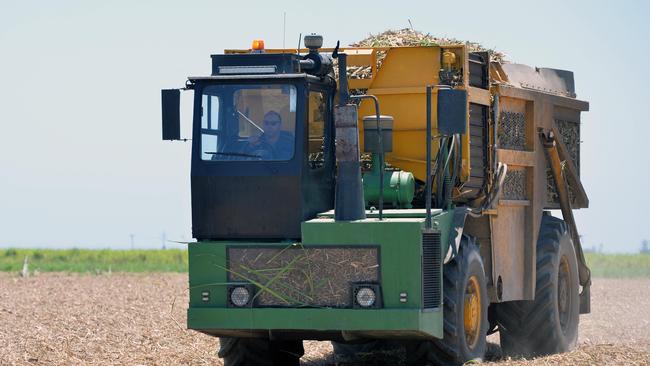
Established in the 1800s, Bakers Creek is located about 10km south of Mackay and reported a population of 1590.
Agriculture is a dominant industry in the region, with the town supported by nearby cane farming and sugar mills such as the Racecourse Sugar Mill.
Similarly to Marian, the town is also located near the Bowen Basin, which is a major coal-producing region.
Bakers Creek is located in the Mackay region, which has an economic output of $27bn, with mining the largest contributor with $7.94bn.
Nebo – $1981
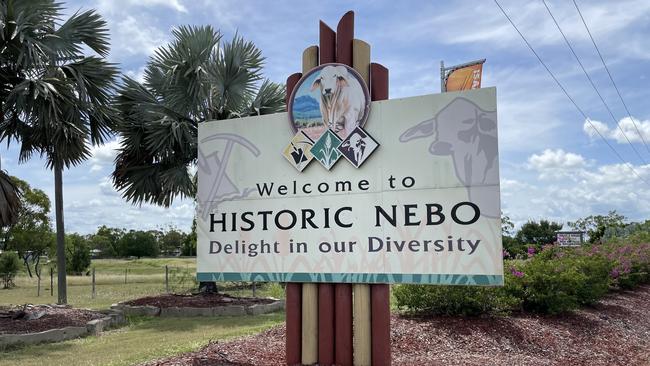
Nebo is a Central Queensland town situated around significant coal reserves.
The rural town is located about 90km southwest of Mackay and had a population of 857.
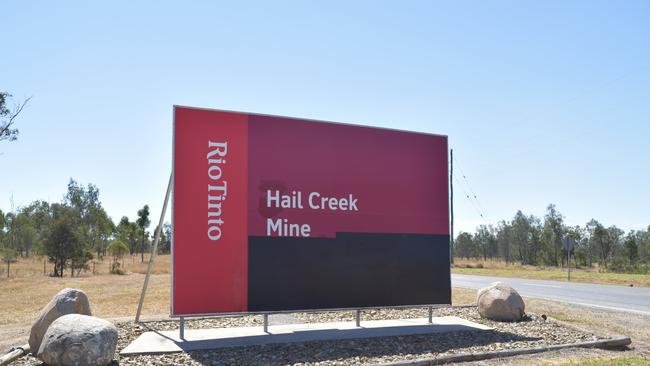
Nebo is located in the northern part of the Isaac region which generates an estimated $10.1bn in economic output, with mining the region’s largest contributor with $9.3bn in economic output.
Biloela – $1883
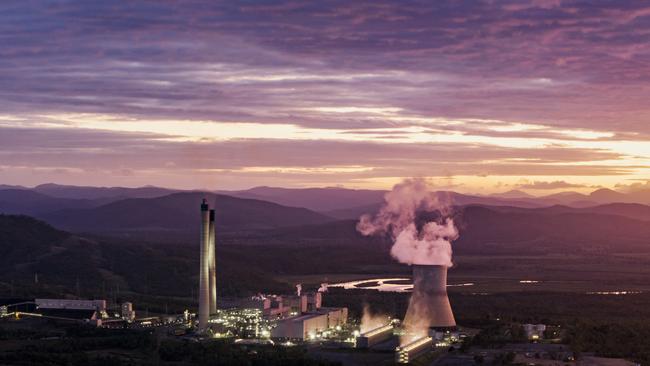
Established in 1942, Biloela is located about 120km southwest of Gladstone in the Banana Shire, with a population of 5692.
Agriculture is a dominant industry in the area, with the town surrounded by cattle grazing and cropping properties.
Energy production is also a big industry in the area with the Callide Power Station nearby.
The Callide Coal Mine, operated by Batchfire Resources, is also a major employer in the area, with the mining operation turning over 11m tonnes of coal every year, while supporting over 1250 local families.
Biloela is located within the Shire of Banana which has an economic output of $6.7bn with mining the largest contributor with $4bn in economic output.
Clermont – $1855
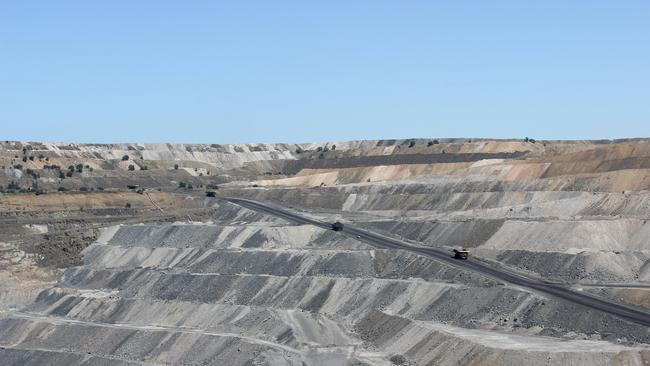
Founded in 1864, Clermont is about 290km south west of Mackay and had a reported population of 2952.
The major mining operation in the area is the Clermont open cut coal mine, operated by Glencore, which produces 12m tonnes of coal annually and supports over 600 jobs.
Clermont generates an estimated $6.3bn in economic output, with mining the largest contributor generating $5.2bn towards the Queensland economy.
Moura – $1787

Moura is surrounded by mining and farming operations, with the town having a population of 1993.
The major mine in the area is the Anglo American-operated Dawson Coal Mine, an open-cut coal mine which is one of Australia’s longest-established coal mines, with operations commencing in the 1960s.
Key agriculture industries supported in the area include beef, cotton, and cereal.
Moura is located within the Shire of Banana which has an economic output of $6.7bn with mining the largest contributor with $4bn in economic output.
Richmond – $1672
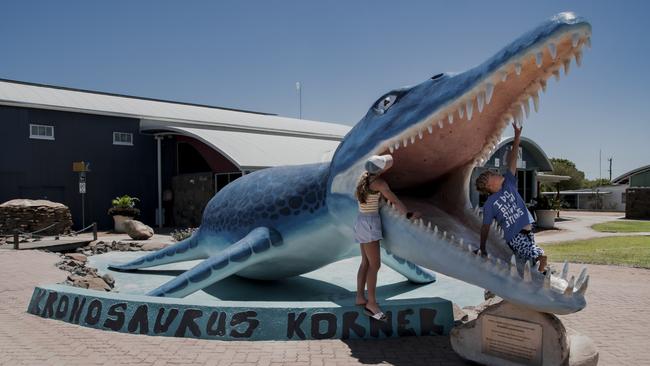
Located about 500km west of Townsville on the Flinders Hwy, Richmond is surrounded by agriculture properties and had a population of 578.
Beef production is a major industry in the area, with the town near large cattle grazing operations.
Tourism also is a major contributor to the town’s economy, with Richmond a key fixture on the Australian Dinosaur Trail, with Kronosaurus Korner a must-stop destination.
Richmond generates an estimated $316m in economic output, with construction the town’s largest contributor with $82m in economic output.
Longreach – $1625
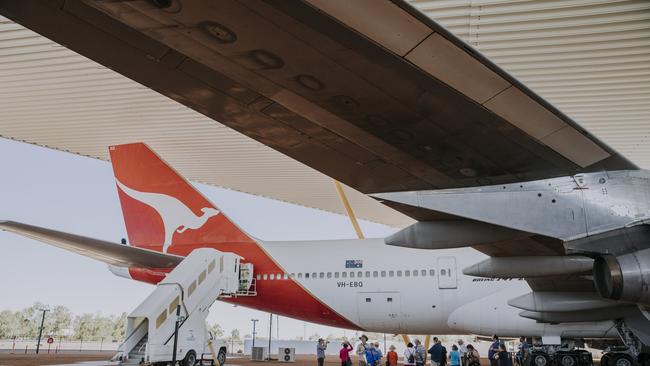
Located about 680km from Rockhampton, Longreach is a major town in Central West Queensland, recording a population of 3124.
Longreach is also a popular tourist destination, with many well-known attractions in the town.
The rural town is known for its aviation history and association with Qantas, with the Qantas Founders Outback Museum a well-visited tourist attraction.
The Australian Stockman’s Hall of Fame which pays homage to the pioneers of the Australian outback also draws many visitors to the town.
Longreach generates an estimated $709m in economic output, with agriculture the town’s largest contributor with $157m in economic output.
Originally published as Regional Queensland towns where people earn more than the average Queenslander



